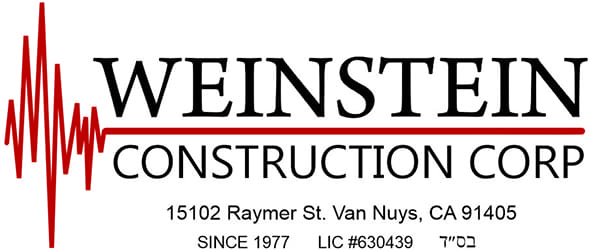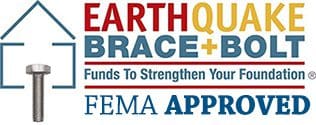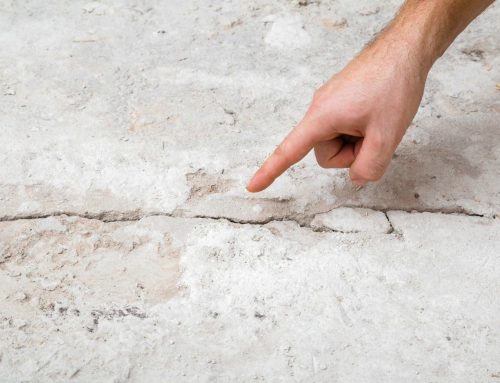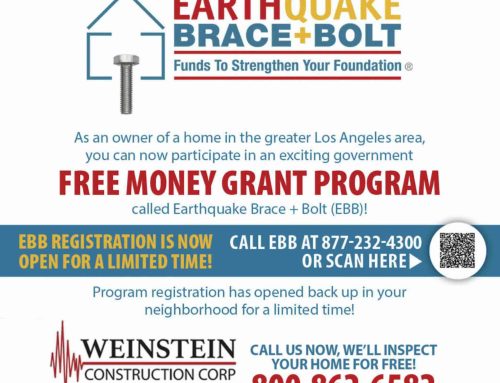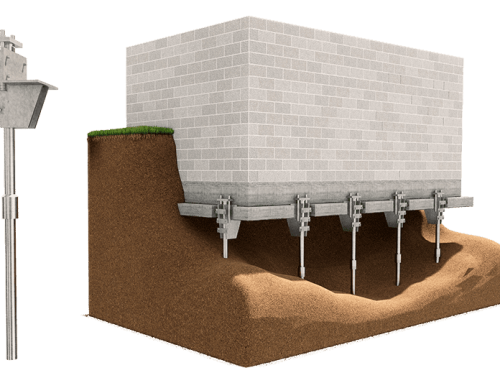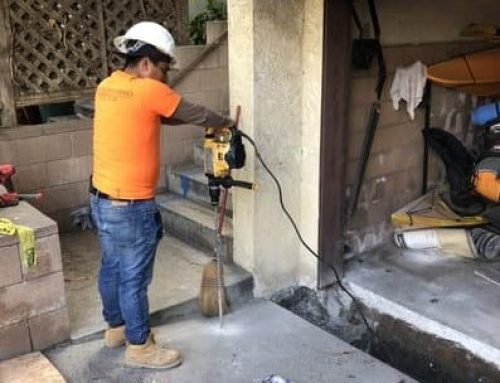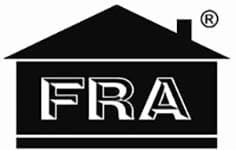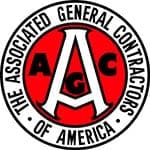Earthquakes occur quickly, without warning, and are uncontrollable hazards, making them the primary cause of damage, death, and physical infrastructure destruction. Worldwide evidence reveals that there are upward trends in the number of individuals who are affected by earthquakes. Preparedness is defined as the activities and measures taken in advance to ensure effective response to the destructive impacts of disasters. Preparation for earthquake is considered an important way of reducing the risk of quakes.
Preparation measures may include gathering survival products, preparing what earthquake households do, and mitigation activities. In terms of preparedness, either at the group or individual level, techniques can be implemented.
Different Types of Seismic Retrofit Projects Concrete Tilt-Up & Reinforced Masonry (CMU) Un-reinforced Masonry (URM) Concrete Buildings 2 or More Stories Soft Stories or Tuck Under Apartments Basic Concepts: How a Seismic Retrofit Works To keep a house from falling off its foundation in an earthquake, seismic retrofit strengthens three different areas of the house. These areas are all located in the basement and/or crawl space. The house will be susceptible to damage in an earthquake if any of these three areas are not properly retrofitted.
Those three areas are: plywood to crack the cripple walls.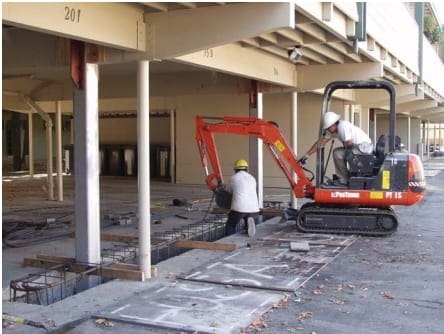
Bolting to the base of the braced cripple walls.
Attaching the floor of the house to the braced cripple walls.
In the Los Angeles area, there are a number of companies, but which one is right for you? Here are four steps to help you answer this question.
1. Come Up With a Short List Google searching and committing to working with the first result on the site may be tempting, but more research is needed to find earthquake retrofitting contractors that suit your business building needs. Make a list of the businesses you’re most interested in, but keep it short. Keeping your list short will help you find your building’s best company, too many choices are often daunting.
2. Ask for Experience Though seismic retrofitting does not have formal qualifications, your earthquake retrofitting contractors should have comprehensive experience and training with in-depth knowledge of the process, materials, and local regulations involved in a commercial retrofit.
3. Get some tips or seek feedback By asking your friends or colleagues, the best way to find out how good a company is. It can be a great way to identify the best option for your needs by speaking to other commercial building owners about which contractors they dealt with and what their experience was like. Make sure to find out what the experience of other clients is like or what they felt about the work done.
4. Consider ROI, Not Price Tag This sort of construction project is pricey, that’s not going to get around. But, don’t dwell on the initial out-of-pocket costs, think of the retrofit in your future as an investment. Although hiring the business with the cheapest bid may be enticing, this does not always mean doing the best job. The whole idea behind the retrofit of the earthquake was to ensure that the building stays intact during the current and potential earthquakes, without costing you a fortune in repairs, or even in cases for any of your tenants or employees being injured or killed. Make sure to find out everything that is included in the quote during your initial phone calls.
